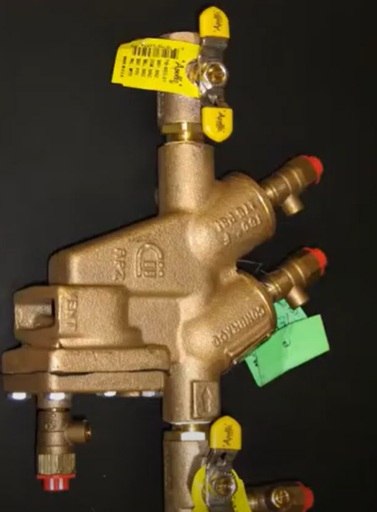A future where homes are built to reuse water from shower and bathtub drains for toilet flushing is being looked into by Sechelt.
Council members supported further investigation on how to make that happen at their committee-of-the-whole meeting on Sept. 22.
James Nyhus, chief building official, was given the go ahead to find out what it will take to ask the province to vary the B.C. Building Code to make grey water reuse systems mandatory for new developments and redevelopment of existing buildings.
Nyhus walked the committee through the process needed to change building rules and said that if this variance is granted, it “could be a first” in the province.
When asked about the costs and timeframes to complete the work, he could not provide estimates for either.
“We’re in undiscovered country here,” said Nyhus.
The committee asked staff to bring back costs estimates for the process and to identify potential incentives that could be used to encourage the community to embrace the changes. In addition, it asked that a public communication and input stage be completed before any application to the province is sent to council for approval.
They also endorsed staff’s proposal to invite Gibsons and the Sunshine Coast Regional District (SCRD) to become co-applicants on these efforts. Nyhus said that a regional partnership would add strength to the requests to the province and allow for sharing of the costs involved.
Mayor Darnelda Siegers told Coast Reporter that members of the public have asked that Sechelt look at requiring residential grey water reuse over her three terms on council. She also noted that the subject had been raised during recent SCRD “Let’s Talk Water” sessions.
“Requiring these systems could make a big impact on the demand for water and the amount of potable water that government has to treat to supply. This work could become a template for other communities, provincewide,” said Siegers.
At the meeting, Nyhus said that internal grey water reuse is currently an option for residential builds in Sechelt but that he was not aware of any that have been built. He explained that in such systems, water from bath and shower drains is filtered and piped into an onsite storage unit “that looks like a six-foot-tall suitcase,” then diverted for reuse in toilets.
“A five-minute shower can provide enough water to flush nine times,” he said.
Plumbing codes require that reuse system piping be coloured or marked in purple to ensure that it is not confused with lines connected to the rest of the home’s water services and that check valves be put in place to ensure reuse water cannot backflow or contaminate the potable water system.
Nyhus estimated that installing grey water reuse equipment would add about $6,000 to the cost of a new single-family home and $4,000 for each unit in a multi-family building. He noted that if regional water use rates are amended to charge by volume, homeowners with reuse systems could offset those costs by using and paying an average of 25 percent less for water than those without one.
All committee members supported staff moving forward with the work, except Coun. Tom Lamb. He expressed concerned about the initiative’s potential to add to housing construction costs.
“We have already brought in (building code) Step Code which adds costs … and now are looking at adding more and more expenses to an unaffordable housing situation,” Lamb said.
After receiving the committee’s endorsement to continue with the work, Nyhus said that getting more information back to council on the initiative would be pursued “as a staff priority” in 2022.



